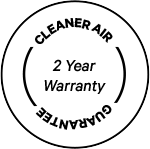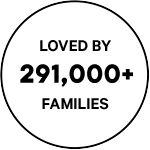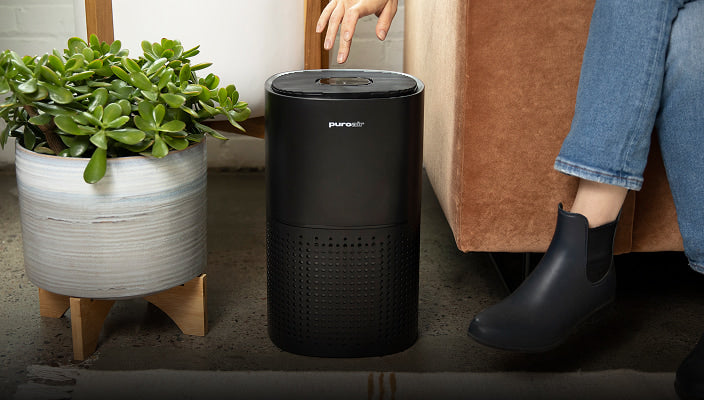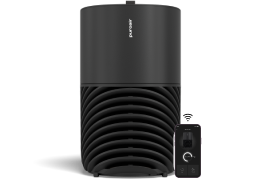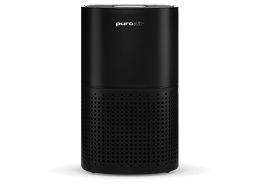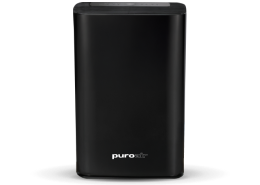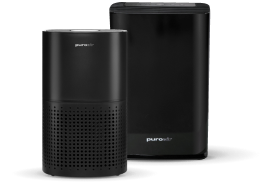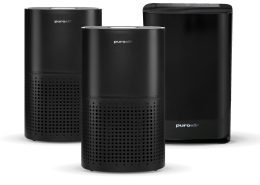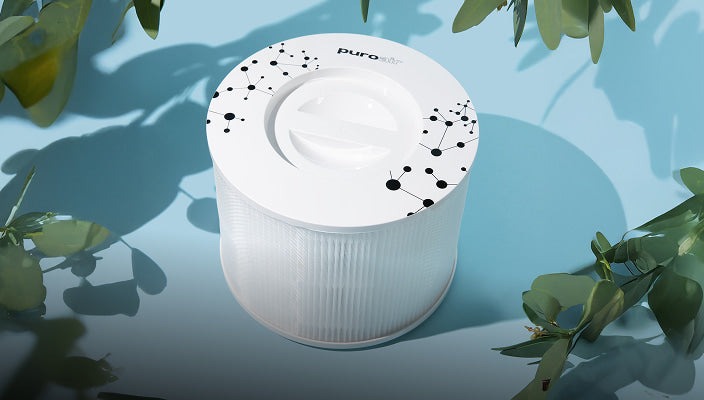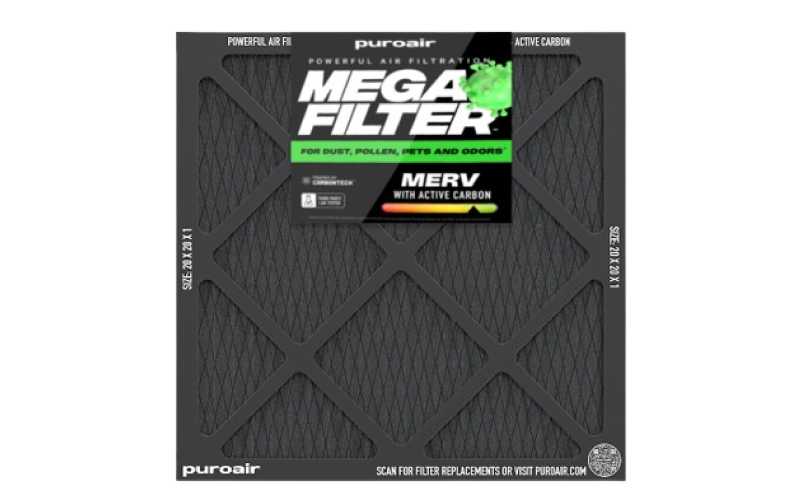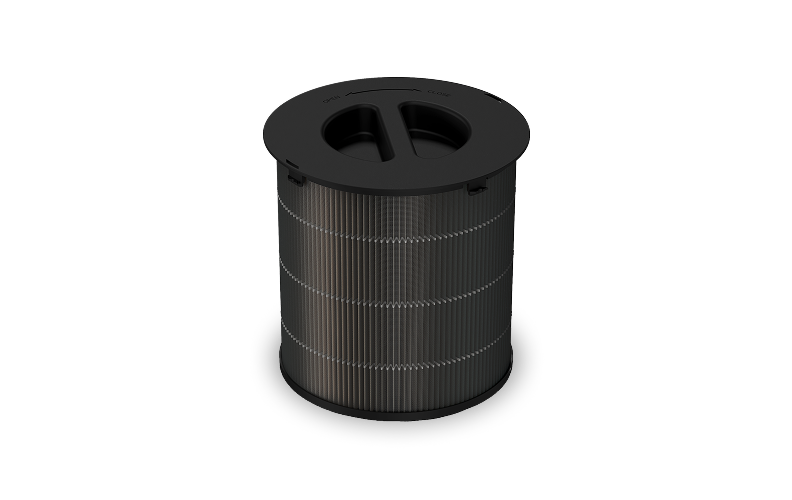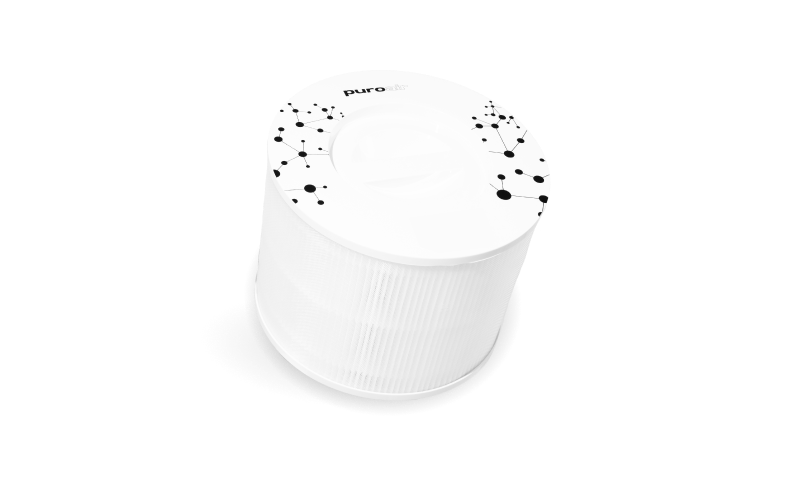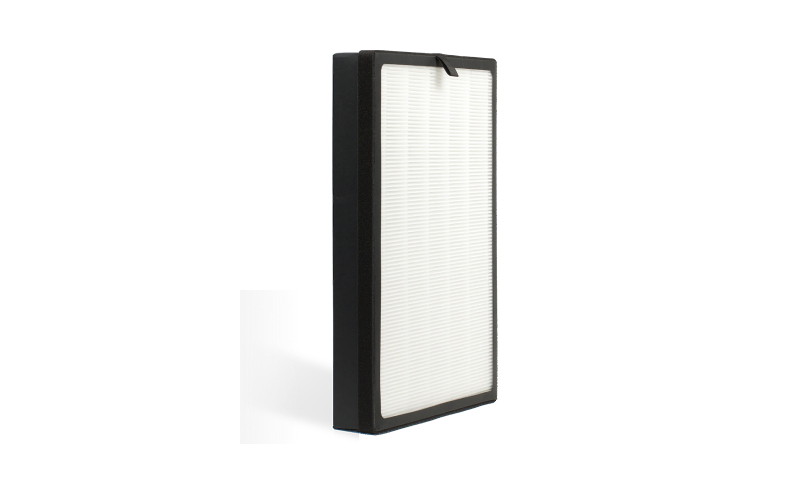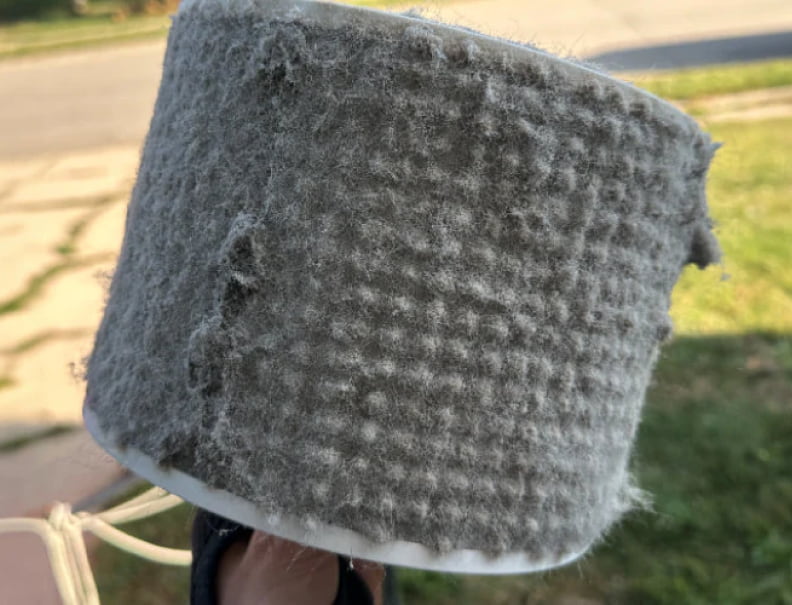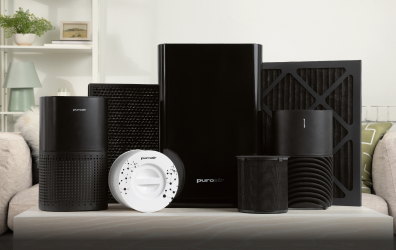California is a beautiful state with a variety of different climates and ecosystems. From the beach to the mountains to the desert, California has it all. It is also home to two of the largest cities in the United States making it a destination for both business and leisure travelers. There is no arguing that California is one of the most beautiful states in the country, but it also struggles with its fair share of air quality problems. Due to its large population, intense wildfire season, large industry, and sunny climate, some parts of the state consistently rank among the worst counties in the country in terms of air quality. Keep reading to learn more about which parts of California struggle the most and what you can do to protect yourself.
State of the Air 2025
The American Lung Association publishes a State of the Air Report each year that details air quality concerns nationwide and for specific areas. The State of the Air Report grades each county in the country on three markers of air quality: ozone levels, daily particulate matter levels and annual particulate matter levels. The daily particulate matter levels help identify how many ‘spikes’ in poor air quality there were in a particular area and the annual particulate matter levels gives a picture of how the air quality averaged throughout the whole year. According to the 2025 State of the Air Report, Los Angeles County was the worst in the country for ozone pollution. The Bakersfield-Delano area in Kern County was the worst in the country for both daily particular matter levels and annual particulate matter levels. California is home to nearly 40 million people, and most of these people reside in the urban centers most prone to high pollution levels. As a resident or visitor, it is important to be aware of the factors affecting air quality so that you can properly prepare and protect yourself in the environment.
Ozone Levels
Twenty-six counties in California received a failing grade for ozone on the 2025 State of the Air Report. Los Angeles, Visalia, Bakersfield, Fresno, and San Diego were all ranked among the worst 10 cities in the country for ozone pollution. You can check here to see the list of each county in California and how it ranked. Ozone is created when pollutants like nitrous oxides are in the presence of sunlight. Industrial processes and vehicle exhaust are the largest culprits of nitrous oxides, and California is notorious for its large amounts of vehicular traffic. There is also no shortage of sunlight in California, particularly in Los Angeles. On average, LA experiences 284 days of sun per year. This mix of large cities with lots of sunlight is the perfect storm for high ozone levels in several parts of the state.
Health Impacts of Ozone:
Ozone is very irritating to the lungs and airways. It can cause damage and inflammation with both short term and long term exposure. Vulnerable populations are most at risk, but even healthy young adults can experience symptoms like shortness of breath, coughing, and a tight feeling in their chest when exposed to ozone. In the long term, ozone can lead to increased rates of asthma and COPD in the population and possible cardiovascular effects.
Daily Particulate Matter
Daily Particulate Matter illustrates which areas of the country had frequent spikes in bad air quality. These spikes are often due to factors like wildfires, heat waves, and combustion from manufacturing and vehicles. Our bodies do a pretty good job of filtering out larger particles, but small and ultrafine particles (PM2.5 or smaller) have a way of entering our lungs and into the air sacs which can then distribute these particles through our bloodstream and into different parts of the body. Particles that measure PM2.5 or smaller are 30 times smaller than the diameter of a piece of human hair. These particles are incredibly small and not visible to the human eye, but they can still have an impact when it comes to our health.
Bakersfield, Visalia, Fresno, Los Angeles, and Sacramento all ranked in the top 10 for cities most polluted by daily particulate matter levels with Bakersfield being the worst in the country.
Annual Particulate Matter
Annual Particulate Matter illustrates the amounts of particulate matter in the air over the course of the entire year. Some areas of the country are more prone to a few spikes but generally good air (wildfire smoke could be an example), whereas other areas are more prone to unhealthy levels on a daily basis (due to pollution, combustion, and more). Bakersfield, Visalia, Fresno, Los Angeles, San Francisco, Oakland, and San Jose all ranked in the top 10 for cities most polluted by annual particulate matter levels with Bakersfield being the worst in the country.
Health Impacts of Particulate Matter
Particulate Matter can be detrimental to lung health and overall wellbeing. Exposure to high PM levels in both short term spikes and long term exposure can lead to a host of conditions including:
- Increased hospital admissions from cardiovascular disease
- Increased severity of asthma attacks
- Increased hospitalizations for COPD
- Increased risk for lung cancer
- Increased risk for depression and anxiety
How to Take Action Against Poor Air Quality
Poor air quality can often result from the climate and nature of where you live, and that’s not always within your control. It can be difficult to feel like outside elements are affecting your health in a negative way. There are some things you can do to improve your air quality, even if you live in a part of the country with consistent air quality issues.
Keep Windows Closed During Days with Poor AQI
Most of the year, Arizona is a beautiful oasis with near perfect, sunny weather. Be sure to check the air quality index before opening your windows. Due to the sun and heat, bad air quality is a common occurrence, and you don’t want to be openly inviting these pollutants and particles into your home. Check the AQI, and only keep windows open if the levels are good.
Be Aware of the Air Quality when Spending Time Outside
Check the AQI before heading out for an all day hike or a swim outside. Especially if you have preexisting conditions, it is important to limit outdoor exposure on days when the air quality is particularly bad. If you must be outside, be sure to take breaks and pack an inhaler if you need one. If you have young children at home, try to limit their exposure when the air quality isn’t great.
Invest in an Air Purifier
Put your mind at ease with an air purifier. Even if the conditions outside are out of your control, you can ensure the air in your home stays healthy everyday with PuroAir. PuroAir’s high quality HEPA filters are able to filter out up to 99.9% of airborne particles and pollutants. Ozone and particulate matter are no match for this level of filtration. An air purifier will also help battle against sources of pollution coming from inside your home like pet dander, dust, cleaning supply VOCs, cooking smoke, and more. Plus, you won’t have to worry about pollutants from outside affecting your indoor air quality. Check out PuroAir’s collection of air purifiers here, and find which is the best fit for your home.
Living in an area with poor air quality doesn’t mean you are sentenced to a lifetime of breathing bad air. An air purifier will be the game changer you need to ensure that you are always breathing comfortable, healthy air at home.

